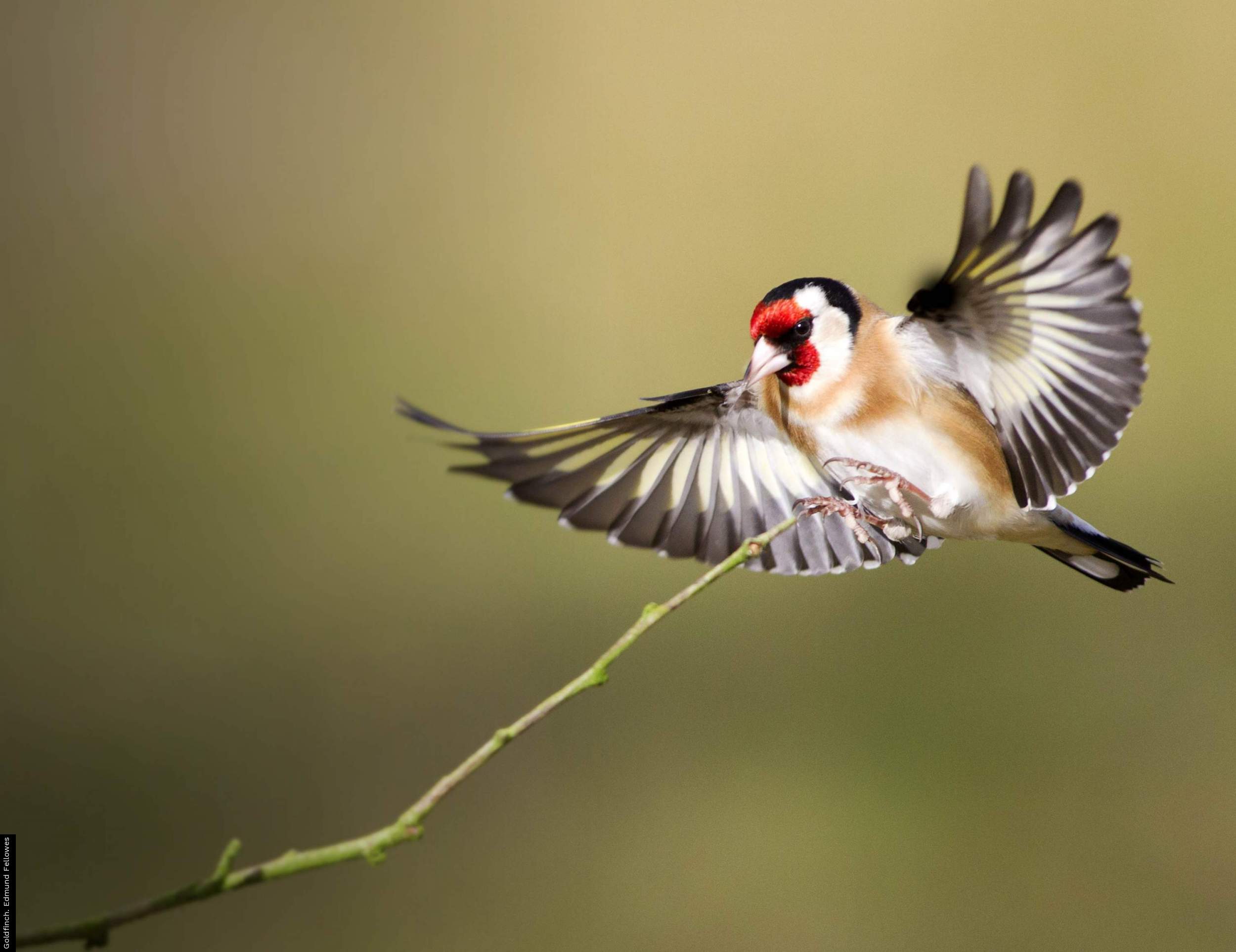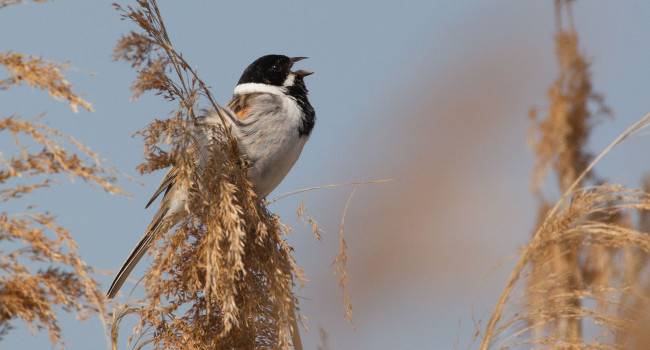BBS bird population trends
UK trends
UK - BTO/JNCC/RSPB - BBS Trends 2022
UK - BTO/JNCC/RSPB - BBS Trends 2022 (XLSX, 26.91 KB)
Country trends
English regions
About BBS population trends
The BBS is a line-transect survey based on randomly-located 1-km squares. Squares are chosen through stratified random sampling, with more squares in areas with more potential volunteers. The difference in sampling effort is taken into account when calculating trends.
Through comparing standardised annual counts, BBS provides reliable population trends for a large proportion of our breeding species. Trends can also be produced for specific countries, regions or habitats. For these analyses, we take the higher count from the two visits for each species, summed over all four distance categories and ten transect sections.
Only squares that have been surveyed in at least two years are included in the analyses. Population changes are estimated using a log-linear model with Poisson error terms. Counts are modelled as a function of year and site effects, weighted to account for differences in sampling effort across the UK, with standard errors adjusted for overdispersion.
In 2009, additional randomly selected 1-km squares surveyed as part of the Scottish Woodland BBS and the Upland BBS were added to the Scotland and England BBS data respectively. These squares were surveyed using the same methodology as standard BBS squares.
- For more information about BBS trend calculations, see the Methodology section.
Caveats
Work has been carried out to assess the reliability of BBS trends, to ensure that reported trends are based on reliable data and sufficient sample sizes. This work has resulted in the following exclusions and caveats:
- We do not report population trends for five species of gull (Black-headed, Common, Lesser Black-backed, Herring and Great Black-backed), as a large proportion of the records are of non-breeding, wintering or migratory individuals.
- Trends for rare breeding species with substantial wintering populations (e.g. Fieldfare) are excluded.
- Trends for Cormorant, Grey Heron and Common Tern are reported with the caveat that counts may contain a high proportion of birds away from breeding sites.
- Trends for Tawny Owl and Barn Owl are reported with the caveat that the BBS monitors nocturnal species poorly.
- Counts for six wader species (Oystercatcher, Golden Plover, Lapwing, Snipe, Curlew and Redshank) are corrected to exclude counts from non-breeding flocks,and observations of Golden Plover in unsuitable breeding habitat are also excluded.
BBS trends in 2020
Due to COVID-19 restrictions, there was limited BBS data collected in 2020. You can read more about how we analysed this unusual dataset, and view trends, on our BBS trends in 2020 page.
BBS population graphs
Visit the Population trend graphs page to view the latest BBS graphs for the UK as a whole, England, Scotland, Wales, Northern Ireland and region-specific graphs, produced for nine English Government Office Regions.










Share this page